Some things are a bit awkward to admit, such as Tenga’s suction power or Chun Shui Tang’s texture; similarly, it’s not easy to admit that my skills in badminton are lacking or that some prestigious rackets fall short of expectations.
I’ve never been fond of using discontinued old rackets, especially from brands like L and Y. They’re often hyped up, with much less discussion about their actual performance, and their value can be extremely polarized. Rackets endorsed by stars see their prices soar, while those without such endorsements languish. Worse still, for someone like me who has a high demand for modern feel, these rackets often come across as outdated, even crude. This is clearly reflected in the N553. Having updated from the N553, I feel I’ve done it justice.

Specifications:
3UG5, no grip, total weight in use is 95.0g, balance point 320mm, shaft length 210mm, stiffness on the higher side, box frame, 72-hole string bed, 9-3 o’clock grooves, 28 lbs tension warranty, strung with XB63 at 25-27 lbs.
Although the manufacturing technology at the time was not very advanced, the appearance of old Li-Ning rackets had a “classic” charm. The paint quality was already top-notch. The N553 is like a purple-gold sword, with the head and blue-purple areas at 4 and 8 o’clock creating a layered effect, complemented by a pearlescent finish. The shaft is mostly gold, reflecting both the aesthetic preferences of the time and its status as the flagship of the Air Stream series. As the predecessor to the AERONAUT series, the wind tunnel design is the most eye-catching feature. Although it also boasts six wind tunnels like the 9000I, it uniquely places two at the head of the racket—a rarity.
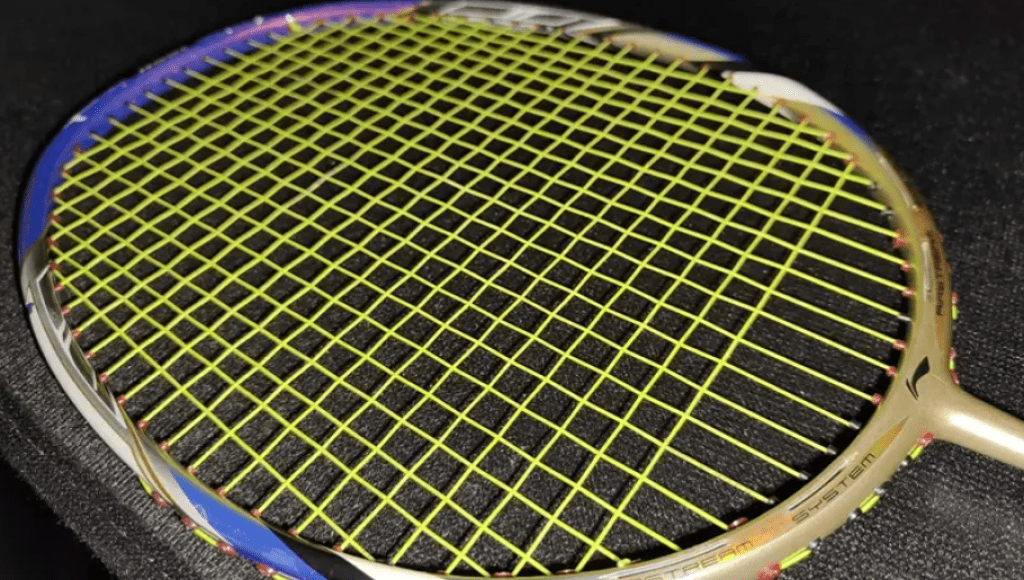
The impact of the wind tunnel on the racket’s frame structure has always been a topic of discussion, especially at the head. It seems the idea at the time was rather crude—if the wind tunnel design is prone to damage, why not strengthen the structure? Consequently, I suspect the racket’s heavy swing weight is partly due to the additional material used at the head. Indeed, while the wind tunnel was meant to reduce wind resistance and increase swing speed, the 553’s swing weight is notoriously high, making the swing speed unsatisfactory for me.
When some players described it as Li-Ning’s greatest weapon, I anticipated this situation.
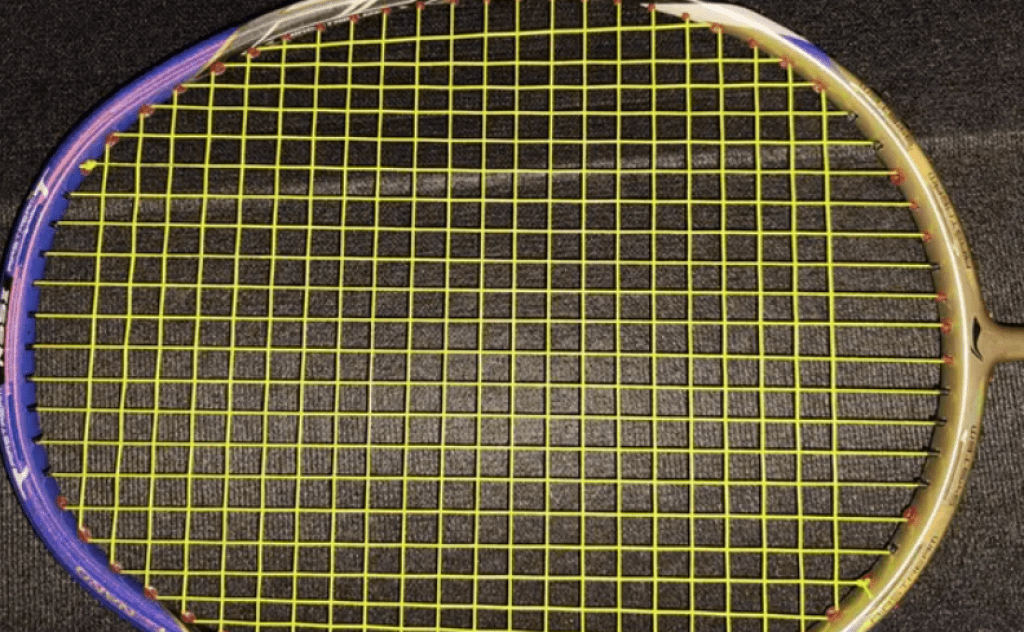
There’s no doubt this is a racket that requires good physical fitness and strength to fully utilize. Although it offers a strong leverage feel, producing powerful shots in slow-paced games, the sweet spot’s explosiveness isn’t very concentrated, and the shaft’s elasticity is quite poor. Officially described as having a soft shaft, it actually feels much harder, making the N553 difficult for me to use. I had to force myself to use it for a week, slowly adapting, and only felt comfortable using it in lower-level mixed doubles.
The philosophy of “heavy is strong” is simple and blunt, but its solid feel is beneficial for controlling small balls. Net returns are easily stabilized, and after targeted practice, the racket can deliver precise net shots.
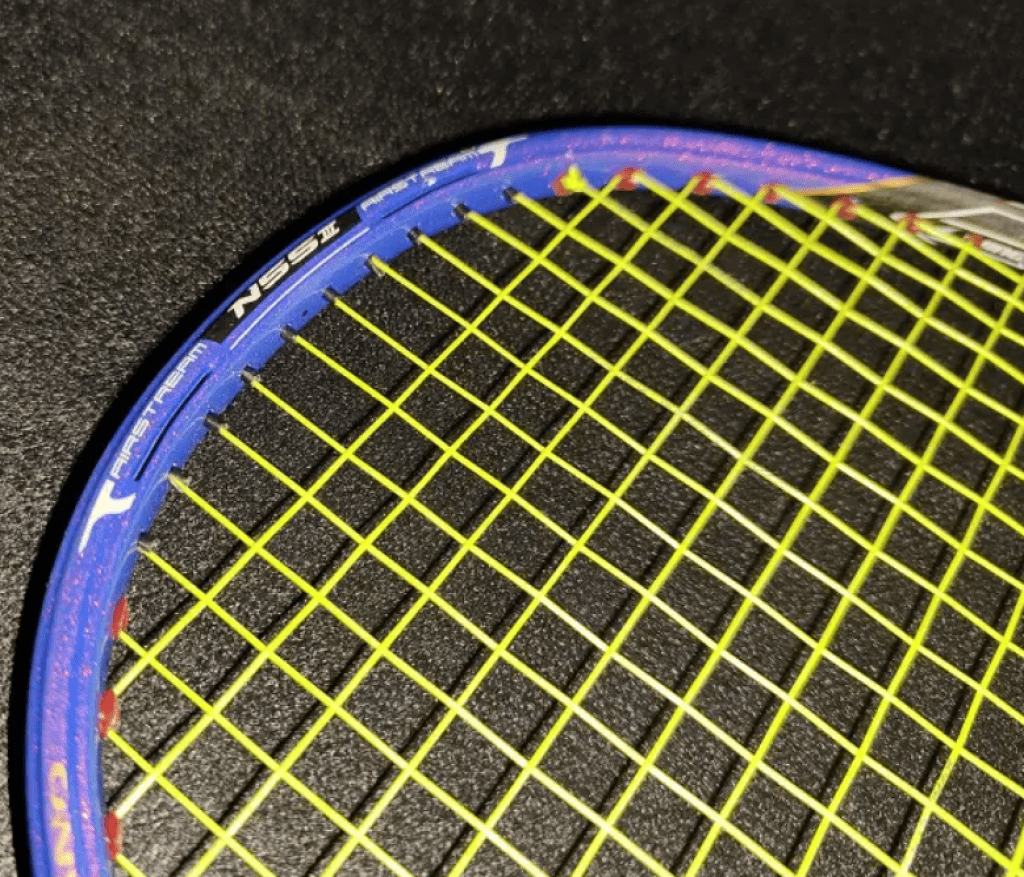
For smashes, the N553 felt too wooden for me. I couldn’t generate a driving feeling, and when given an opportunity for a heavy smash, it felt like swinging a hammer—emotionless, with no real connection to the racket. Sometimes, due to slow swing speed, accuracy was an issue, pushing me to move faster to get into position. Occasionally, I managed to smash through the opponent’s defense, but that was only when they made a poor return and I didn’t need to move much. Focusing solely on the maximum potential for smashes while ignoring the limitations it brings in prolonged play isn’t a rational approach.
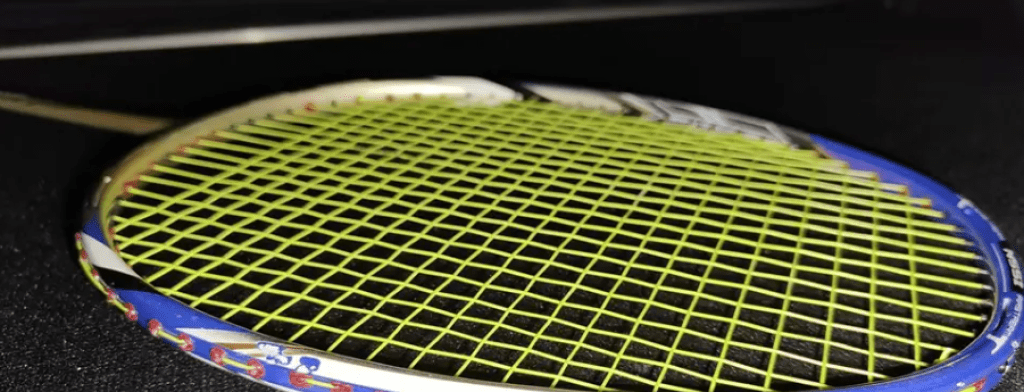
Surprisingly, I found it more effective for overhead shots. Although it is heavy and might cause injuries for beginners with improper technique, the N553’s strong smash feel makes for very sharp and precise placement, significantly improving shot quality.
Handling defensive shots and flat exchanges feels the same. The massive swing weight leaves me struggling, and unlike the 2nd generation, it doesn’t compensate with better face performance or reduced wind resistance. The N553 is a racket that demands the user’s skill.
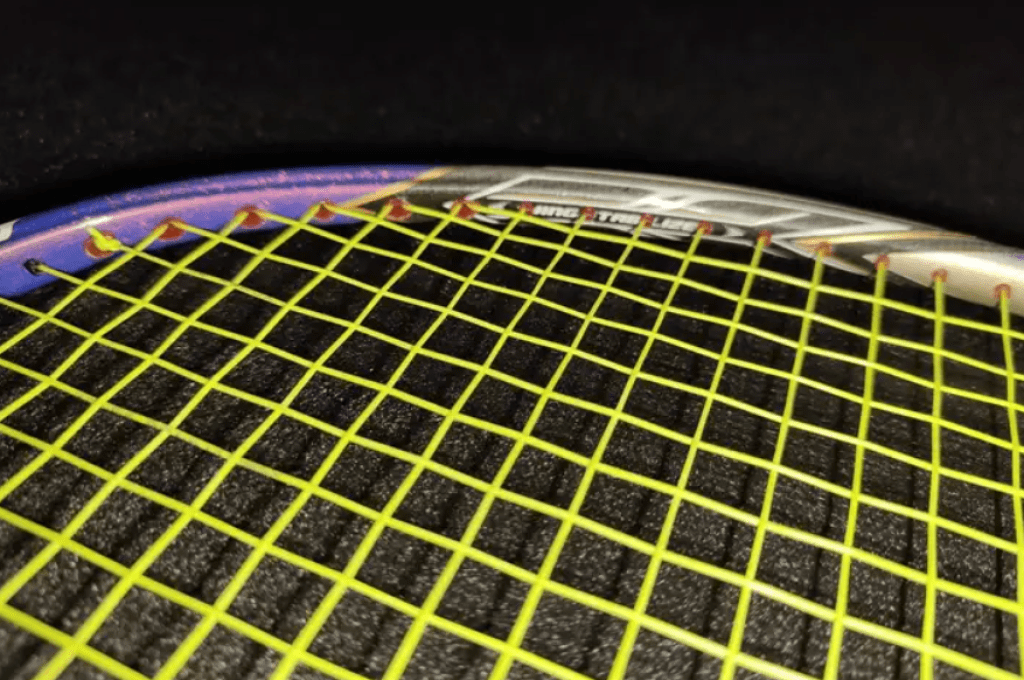
I indeed struggled with it and believe it’s unnecessary for non-collectors to invest in it due to its many limitations. However, it might be like “luosifen” (a type of Chinese noodle dish)—some will love it, while others will steer clear.

Leave a Reply